
“Crafting an Effective Menu for F&B Business” involves the strategic creation and design of a food and beverage menu that aligns with the overall goals and target audience of the business. This process includes selecting a diverse and appealing range of dishes and beverages, considering factors such as taste preferences, dietary trends, and pricing strategies. An effective menu not only showcases the offerings but also contributes to the overall brand identity, profitability, and customer satisfaction of the F&B (Food and Beverage) business. It involves thoughtful consideration of ingredient quality, culinary creativity, pricing models, and the presentation of menu items to entice customers and enhance the dining experience.
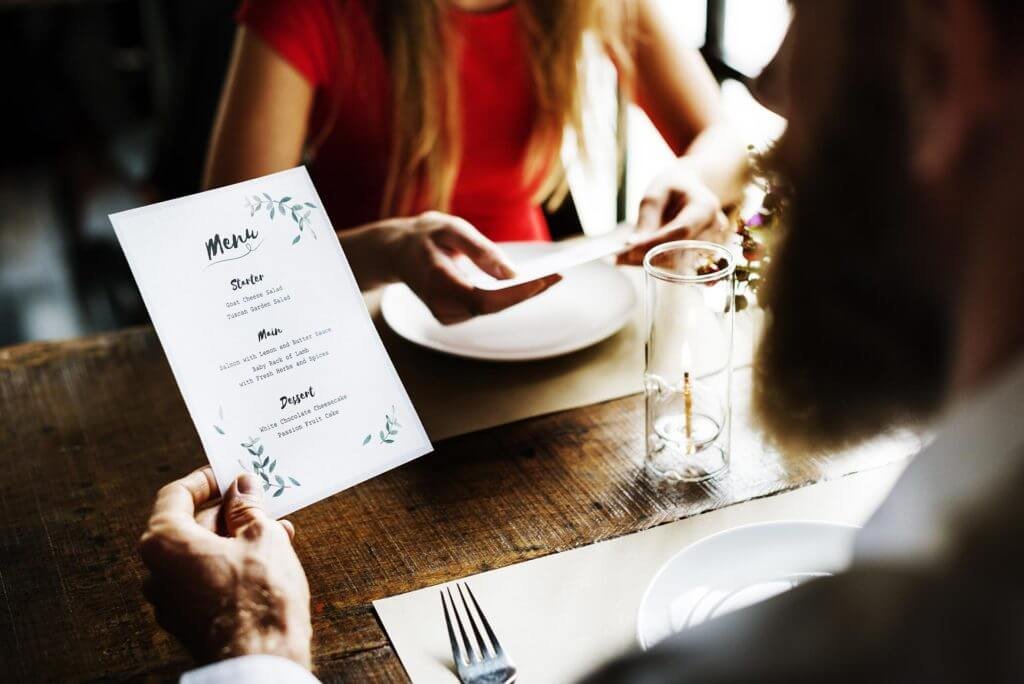
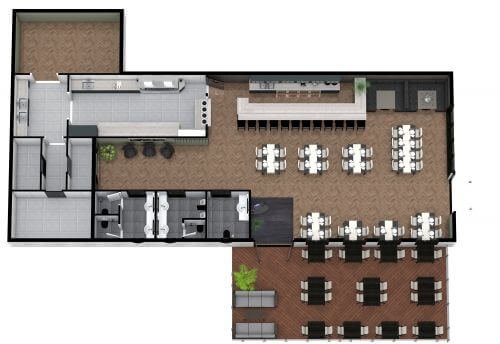
“Café Bar Layout & Project Management” refers to the comprehensive planning, organization, and execution of the design and operational aspects of a café bar establishment. This involves creating an efficient and aesthetically pleasing layout for the physical space, considering factors such as seating arrangements, counter placement, and overall ambiance to enhance the customer experience. Simultaneously, project management encompasses coordinating various tasks, timelines, and resources involved in establishing and running the café bar successfully. This includes aspects like budgeting, procurement, staffing, and marketing, ensuring a cohesive and well-executed plan from the initial concept to the operational phase of the café bar.
“Creating Signature Drinks: Innovation and Creativity for Mixologists” involves the inventive and artistic process of developing unique and distinctive beverages that set a bar or mixologist apart. This practice combines a deep understanding of flavors, textures, and aromas with a creative flair to craft original cocktails that reflect the personality and style of the mixologist or the establishment. It often includes experimenting with a variety of ingredients, techniques, and presentations to deliver a memorable drinking experience for customers. Signature drinks not only showcase the mixologist’s skills but also contribute to the overall identity and reputation of the bar or establishment, enticing patrons with a one-of-a-kind taste adventure.
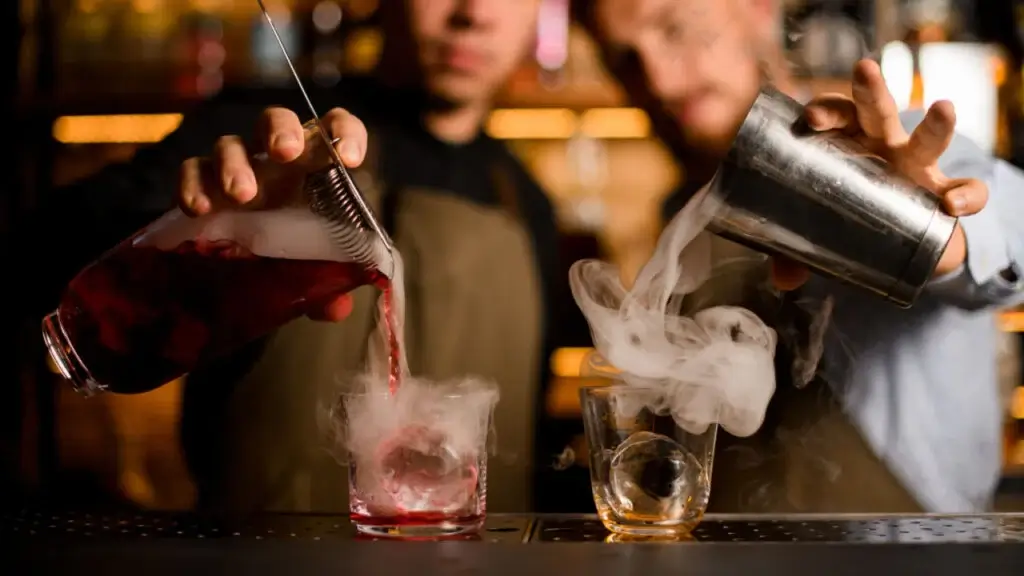

“Menu Engineering 101: Maximizing Profit and Customer Satisfaction” refers to the systematic and strategic approach of optimizing a restaurant’s menu to achieve the dual goals of increased profitability and enhanced customer satisfaction. This process involves analysing and categorizing menu items based on their popularity and profitability, with the aim of identifying high-performing and low-performing items. By understanding customer preferences and cost margins, businesses can then make informed decisions about pricing, promotion, and even menu redesign to maximize revenue and improve overall customer experience. Menu engineering often involves a blend of data analysis, marketing insights, and culinary creativity to create a well-balanced and profitable menu that resonates with the target audience.
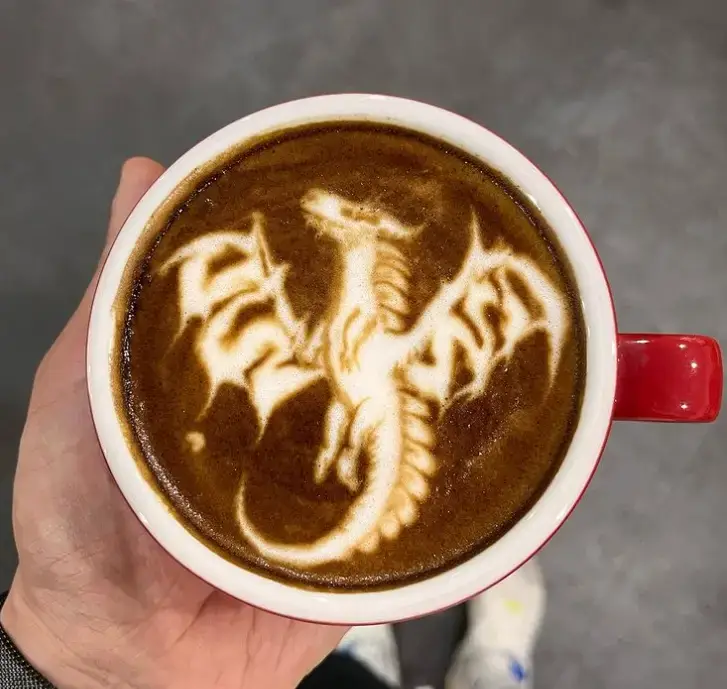
“The Art of Espresso: Sensory & Calibration” involves the meticulous preparation of espresso, emphasizing engagement of the senses and precision in the brewing process. It requires heightened awareness of taste, aroma, and texture to consistently achieve the desired flavour profile. Calibration refers to precise adjustments in factors like grind size and water temperature to optimize extraction. Practitioners focus on coffee bean nuances, experimenting with blends for a well-balanced espresso. The combination of sensory appreciation and precise calibration results in the mastery of espresso, offering a high-quality and enjoyable coffee experience for discerning enthusiasts.
“Barista Mastery: From Beans to Brews” refers to a comprehensive and intensive training program designed to elevate the skills and expertise of individuals in the art and science of coffee preparation. This workshop spans two days and covers the entire coffee-making process, emphasizing the journey from selecting quality coffee beans to crafting exceptional brews. The term “Barista Mastery” suggests a focus on achieving a high level of proficiency and expertise in all aspects of barista work, including understanding coffee beans, perfecting brewing techniques, and mastering the art of creating various coffee beverages. Participants in this program aim to define themselves as skilled and knowledgeable baristas capable of delivering top-notch coffee experiences to customers.
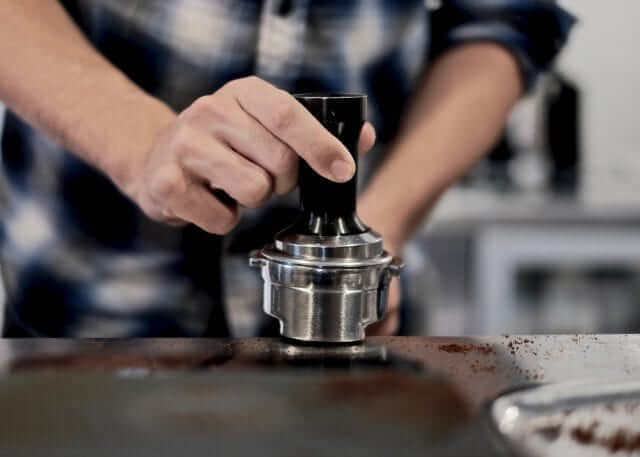
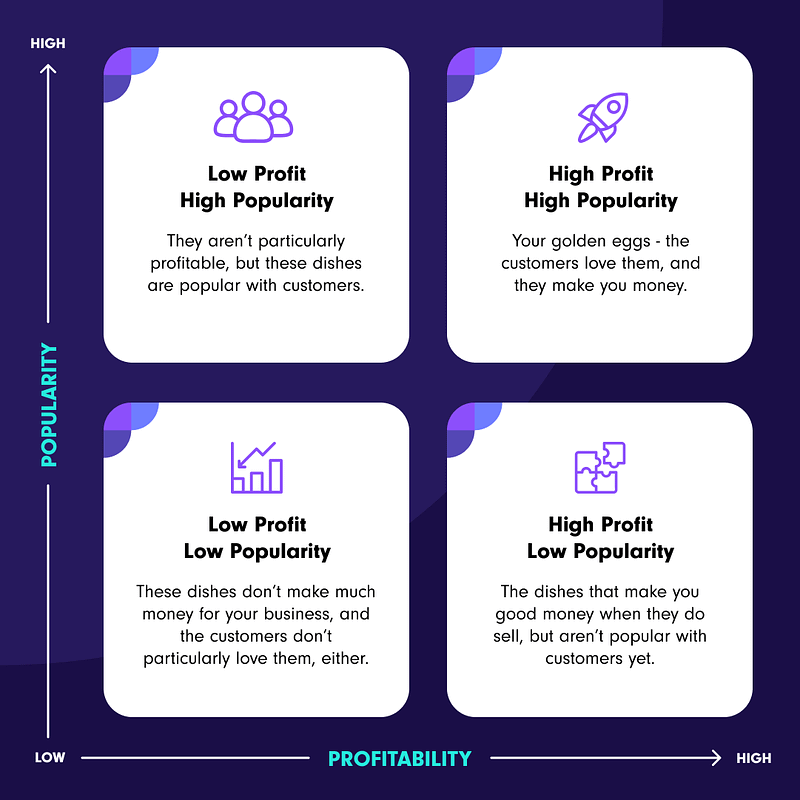
“Menu Engineering for Upselling and Cross-Selling: Boosting Revenue” is a strategic approach to menu design aimed at encouraging customers to spend more. It involves analysing consumer behaviour, strategically placing items, and implementing pricing strategies to effectively encourage upselling (choosing a more expensive item) and cross-selling (selecting complementary items). Techniques may include visual highlighting, persuasive language, and strategic placement to enhance the dining experience while increasing the average transaction value. Successful menu engineering relies on understanding customer preferences, employing effective marketing tactics, and thoughtfully arranging menu items to maximize revenue.
“Food Waste Management and Disposal: SOPs and Sustainability in F&B” refers to the systematic implementation of Standard Operating Procedures (SOPs) for handling, reducing, and responsibly disposing of food waste within the Food and Beverage (F&B) industry. This encompasses the development and adherence to guidelines and protocols that address the entire lifecycle of food products, from procurement to consumption and disposal. The emphasis is on adopting sustainable practices to minimize food waste, which includes strategies such as efficient inventory management, responsible portion control, and the use of environmentally friendly disposal methods. By integrating SOPs and sustainability principles, businesses in the F&B sector aim to minimize their environmental impact, enhance operational efficiency, and contribute to a more responsible and eco-friendly industry.

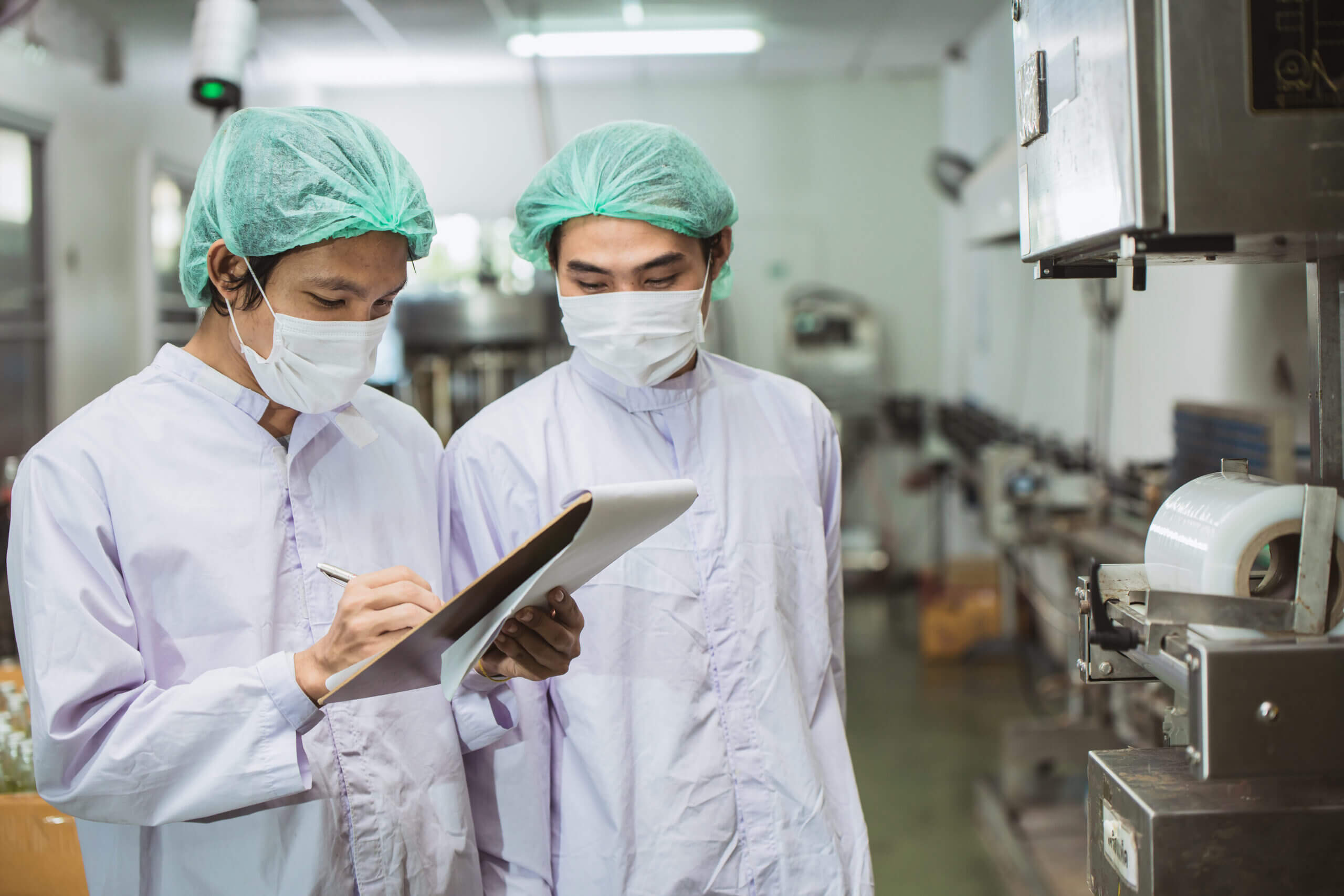
“Auditing and Monitoring Hygiene Compliance for F&B Managers” involves the systematic examination and oversight of hygiene practices within the Food and Beverage (F&B) industry by managerial personnel. This process includes regular assessments, inspections, and the establishment of protocols to ensure that hygiene standards and regulations are consistently met. F&B managers are responsible for auditing various aspects of their operations, including food preparation areas, storage facilities, personnel hygiene, and overall cleanliness. Monitoring involves continuous observation and evaluation to identify areas for improvement and maintain a high level of hygiene compliance. The goal is to uphold food safety standards, prevent contamination, and safeguard the health of both customers and staff.
“Quality Control Metrics and Measurement: Evaluating Performance in F&B” involves the systematic assessment and measurement of performance indicators within the Food and Beverage (F&B) industry to ensure and enhance product and service quality. This process includes the establishment of specific metrics and standards to gauge various aspects of operations, such as ingredient quality, production processes, and customer satisfaction. F&B businesses utilize key performance indicators (KPIs) and quantitative measurements to evaluate the effectiveness of their quality control practices. By continuously monitoring and analysing these metrics, organizations can identify areas for improvement, maintain consistent quality standards, and meet or exceed customer expectations. The goal is to optimize operational efficiency and uphold a high level of quality throughout the F&B production and service processes.
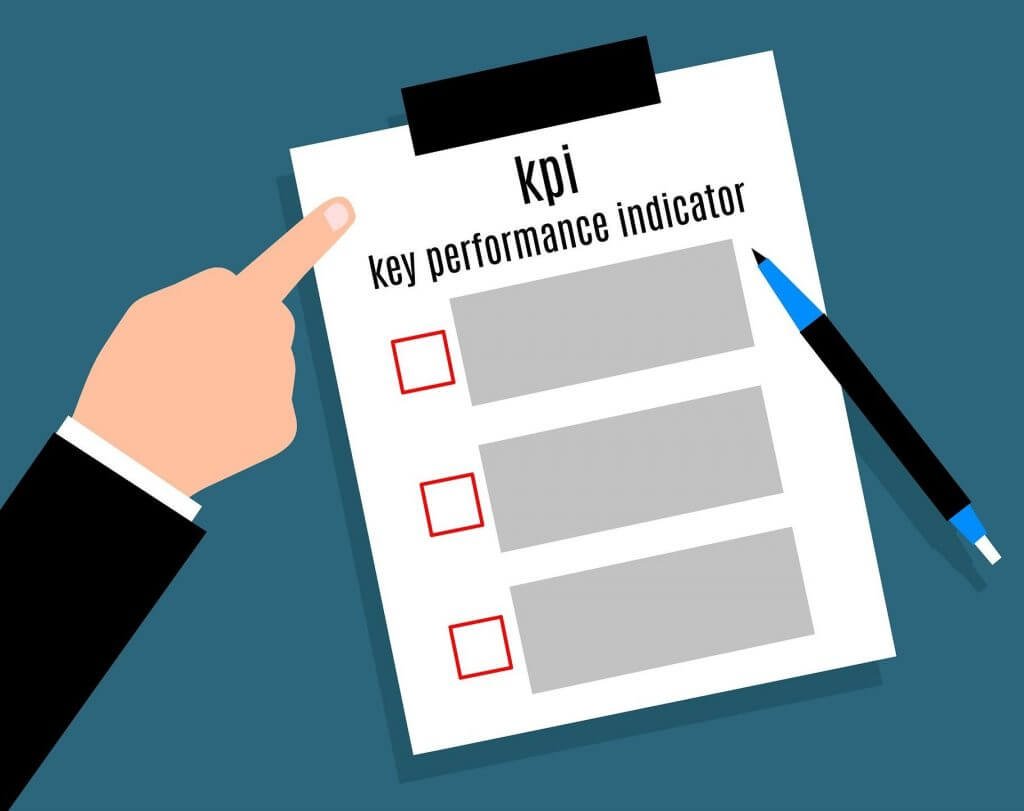

“Implementing Quality Control Processes: Best Practices for F&B Operation” entails the systematic integration of effective quality control measures in the Food and Beverage (F&B) sector. This includes adopting industry-leading strategies to ensure consistent adherence to established quality standards in various aspects such as ingredient sourcing, production methods, hygiene, and customer service. The implementation involves creating protocols, conducting regular inspections, and using tools or technologies for monitoring and performance measurement. The systematic approach aims to identify and rectify deviations from quality standards, optimize efficiency, and deliver high-quality products and services. Adhering to these best practices enhances an F&B operation’s reputation, customer satisfaction, and overall success in the market.
A “Latte Art Workshop” is an instructional session or hands-on training event focused on teaching individuals the techniques and skills needed to create artistic designs on the surface of a latte or other espresso-based beverages. The workshop typically covers the fundamentals of steaming and frothing milk, understanding the pouring process, and mastering various pouring techniques to achieve visually appealing patterns and designs. Participants in a Latte Art Workshop learn how to manipulate the milk foam and espresso to create intricate and aesthetically pleasing images, such as hearts, rosettes, and other decorative patterns. This type of workshop is popular among baristas, coffee enthusiasts, and individuals interested in enhancing their coffee presentation skills.

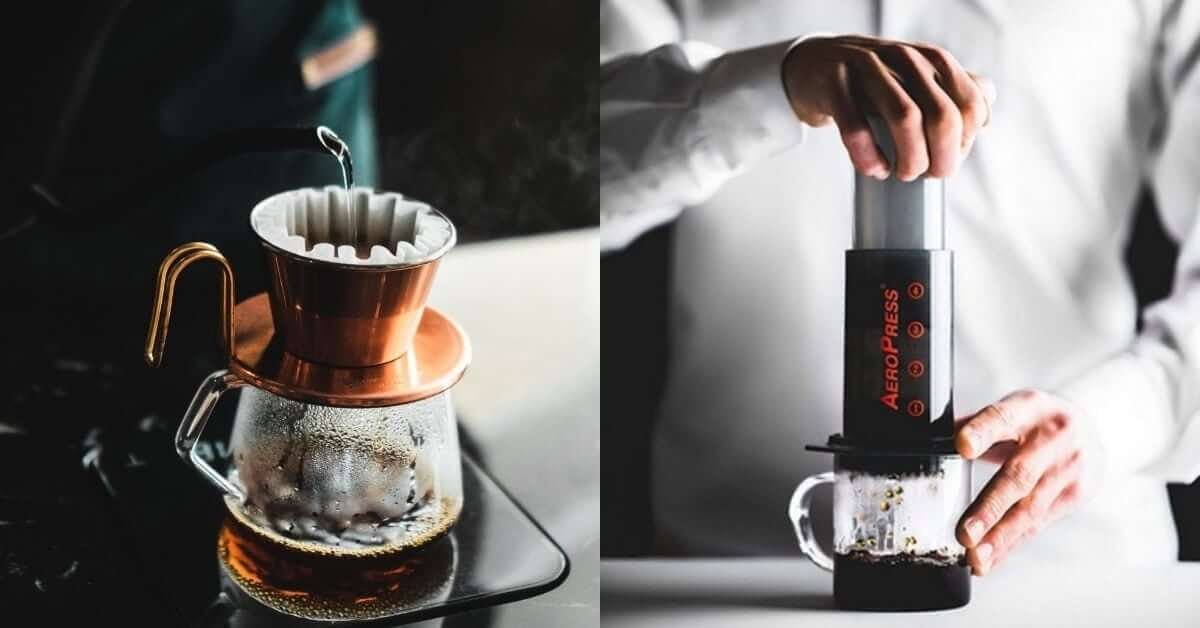
“Brewing methods” refer to the various techniques and processes used to prepare and extract flavors from coffee or other beverages. These methods encompass a range of approaches, equipment, and variables that influence the final taste and characteristics of the brewed product. Common brewing methods for coffee include drip brewing, espresso, French press, pour-over, AeroPress, and more. Each method involves specific steps such as grinding, water temperature control, and extraction time to optimize the flavour profile based on the chosen technique. The selection of a brewing method often depends on individual preferences, the type of coffee beans used, and the desired strength and taste of the final beverage.